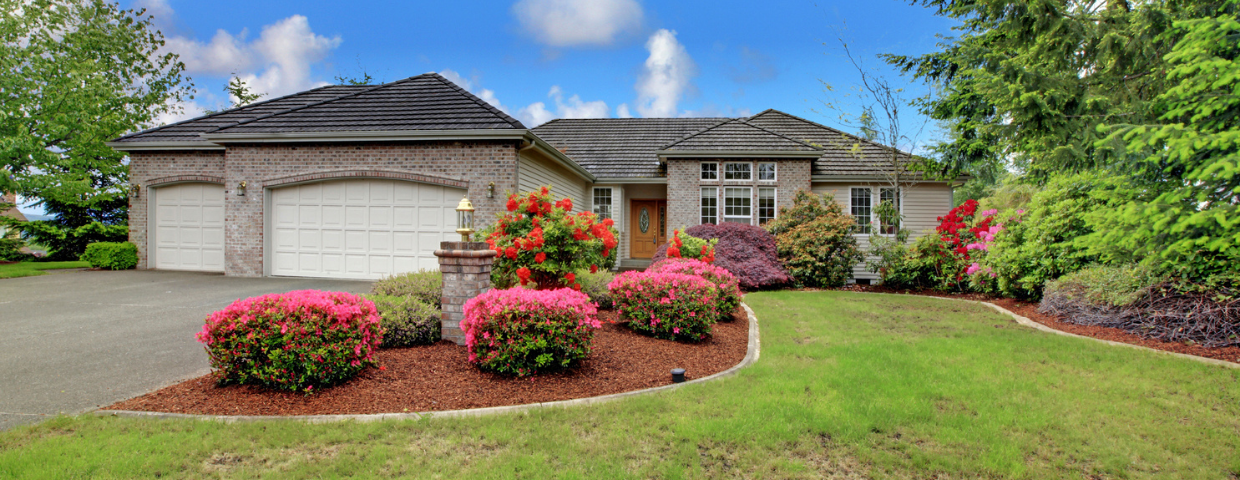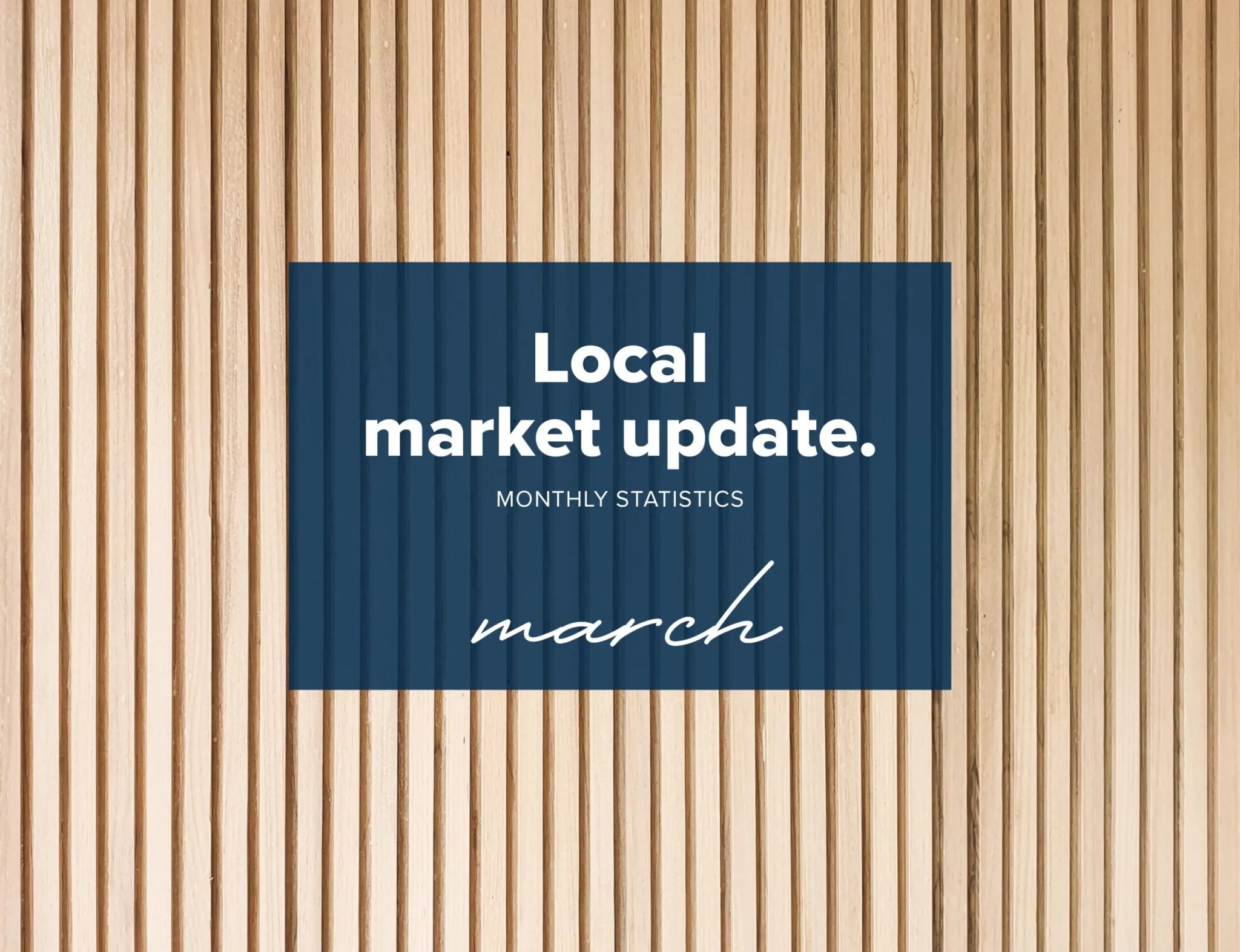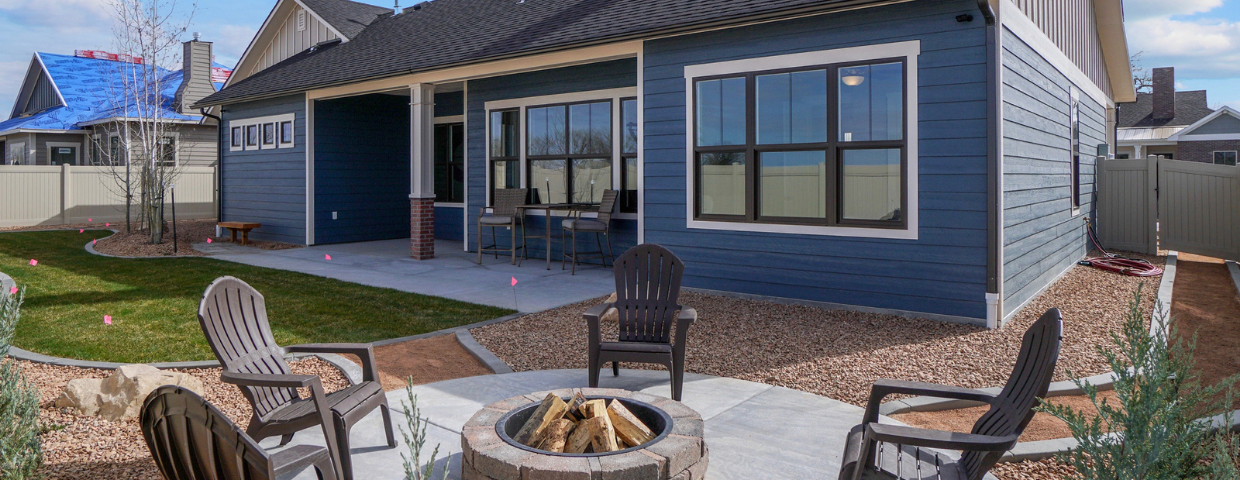When you own a home, there’s a natural desire to invest in landscaping projects that help beautify your yard. But for those who are preparing to sell, the emphasis should be on specific projects that boost your home’s curb appeal and add to its value. The following landscaping tips can help you position your home to sell at the best price. We also recommend talking with your agent about the best landscaping ideas for your home that buyers in your area are looking for.
Landscaping Tips That Can Increase Your Home’s Value
Flower Beds
Beautifying your flower beds is a matter of making improvements in two areas: the flower beds themselves and the border surrounding them. Flower-lined pathways leading toward your home’s front door help guide buyers’ eyes and create a natural aesthetic order to your front yard. Plant colorfully to inspire a vibrant look or choose fewer flowers for a more uniform consistency. Add fresh mulch or beauty bark to your flower beds to make them pop. Creating a border with stone, brick, clay, or another similar material will help delineate flower beds from grass while delivering a clean, refined aesthetic to your property.
If you’re designing new borders to your flower beds, think about the traffic patterns, the orientation of the house in relation to the rest of your neighborhood, and your front yard’s location to ultimately settle on the best sight lines. Spend time weeding the area where your border will go. To dissuade future weed growth, consider adding a thin layer of sand or gravel between the dirt and your border pavers. Finally, clean your hardscaping with an outdoor cleaner or pressure washer to get rid of built-up dirt and moss.
Lawn Care
A fresh lawn will make a solid first impression on prospective buyers. Here are a few basic lawn care tips:
- Fertilize at the appropriate time of year for your local climate
- Set your lawn mower blades at the proper height to ensure you’re not cutting your grass too short
- Water regularly to keep your lawn healthy
If you live in an arid climate, grass alternatives may be a more popular local choice. No matter where you live, once you’ve decided to sell, you can rest assured that spending time and energy on caring for your lawn will pay dividends once you’ve staked your “for sale” sign.
Landscaping Lighting
Once you’ve fixed up your garden beds and tended to your lawn, you’ve done well to ensure that your home’s landscaping will look its best—during the daylight, that is. To ensure that buyers feel the work you’ve put into your home around the clock, consider installing landscape lighting. This will help to put your home’s qualities on full display during the nighttime, while also adding a welcoming touch for potential buyers and passersby.
Front Porch
Add planters to your front porch to create flow from your front yard to your entrance. For the ultimate front porch aesthetic, think of ways that you can create symmetry with your planter boxes. Nest them along the borders of windows, select planter boxes with dimensions that compliment a seated bench, or place identical boxes on either side of your front door. This will direct attention to your home’s front entry and helps to instill that all-important first impression in buyers’ minds.
To learn more about quality landscaping projects, read our blog post on 5 Design Projects to Improve Your Backyard.
 Facebook
Facebook
 X
X
 Pinterest
Pinterest
 Copy Link
Copy Link












